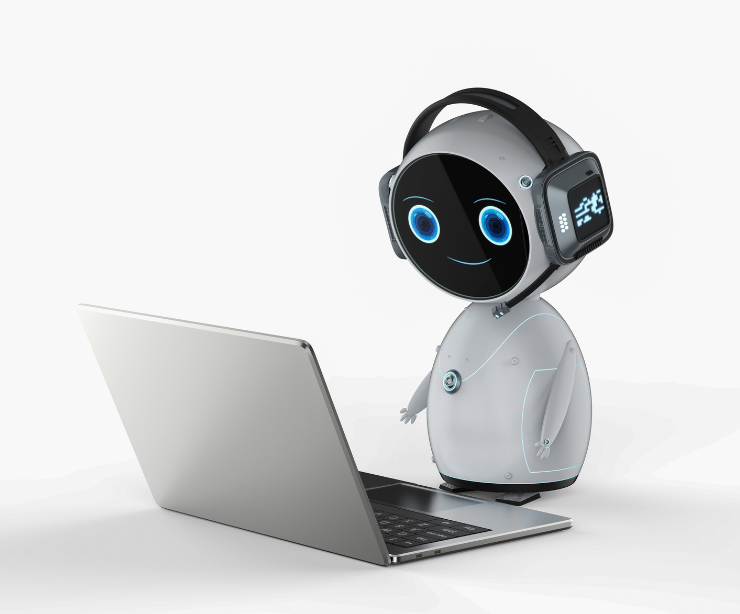A common misperception is that learning automation just means elearning. While an elearning course (the act of creating an engaging learning experience using technology) is a great start, it is just the tip of the iceberg.
The automated learning experience allows you as the Learning Leader to build something that engages and creates sustainable change for a learner within the flow of their work and through the tools and technology that they are using everyday to do their job.
Automated Learning Experiences are pre-created and programmed experiences that incorporate various ways to engage the learners before, during and after the actual learning event(s). This includes pushing out communication and small teaching lessons via podcasts, messenger bots, yammer posts, emails and any other emerging technologies that your learners will be using.
The benefits are three-fold:
For the Learning Leader, you will see how automated your learning experiences grows and scales your learning practice like never before. The beauty of creating this full experience is the ability to automate it for each learner so they are getting automated communication and follow-up — you built it once and it is reused over and over — freeing up your team to focus on new performance initiatives and challenges instead of repetitive training and follow-ups for each team member (new or seasoned). Efficiency sky-rockets and you will see a greater return on your investment. Plus you are creating a learning asset that will survive over time. (For anyone of you that feel like you are continuously re-inventing the wheel, you know what I mean.
For the Learner, they are able to have a learning experience that puts them in a place of action and application. They will be learning beyond an event AND having it fit within their workflow. All you have to think about is how people use facebook or linkedin to get their news and information to know that all learners really want is a way to get the highlight reel until they are interested and engaged in needing to learn something on their job. If you are only delivering training when it works in your schedule, you are missing a huge opportunity to meet people where they are and giving the ability to learn on demand.
For your Business Leaders, they see you building learning assets that enhance an employee’s ability to succeed at work. They see that you have been able to create sustainable and future-focused systems and processes that allow for further growth and commitment within the organization. They see you having your eye on the big picture and notice that people have access to more training that impacts their success on the job.
PRACTICAL TIPS for getting started:
1. Map out your learner’s journey. When you work on a practical training topic, you must consider the learners journey. This includes where the learner is before the training, the results you want them to have when they have completed your training, and the steps along the path they need to take in order to go from one side to another. This includes everything from their first exposure or communication through the training, the training event itself and the follow-up to reinforce the learning after the training in order to ensure they have gotten the intended result.
2. Then, start to identify and review everything that you send out as written communication or follow-up over and over again. This is a great place to start. If you know that you have a series of communications (emails, etc) to learners or you find yourself repeating things when you have someone new start, this is an area where you can document these and then turn them into automated sequences. For example, when someone new starts you can send them a series of Welcome emails to help them get started with the training or learning the essentials of their position.
3. Look at the actual training you are doing. Are there ways to automate some of the activities, lessons or case studies? Are there ways you can send these out on a schedule so they can happen without you or your team’s involvement? The goal here isn’t to replace your value but to customize where it counts and not just as default.
4. Consider the follow-up communication, activities or checklists you do after the training. Are there ways to reinforce the learning to ensure that the learning was transferred to their actual job? This is an often neglected approach but one that will be a game changer if you do it.
5. Lastly, what have you built to do long term follow-up and nurturing for this learner? Do you have a way to send additional valuable content over time? Most automated campaigns send emails for 90, 180, or even 365 days out to help reinforce and discuss advanced topics after the training is over. Can you imagine trying to do that manually for everyone that takes each of your courses? It isn’t possible. BUT, with learning automation, not only is it possible but it is a game changer for learning leaders who can now start showing direct ROI on their training spend.
Are you ready to learn more? Schedule a free consultation with Tara to learn more about how this could work in your organization.



